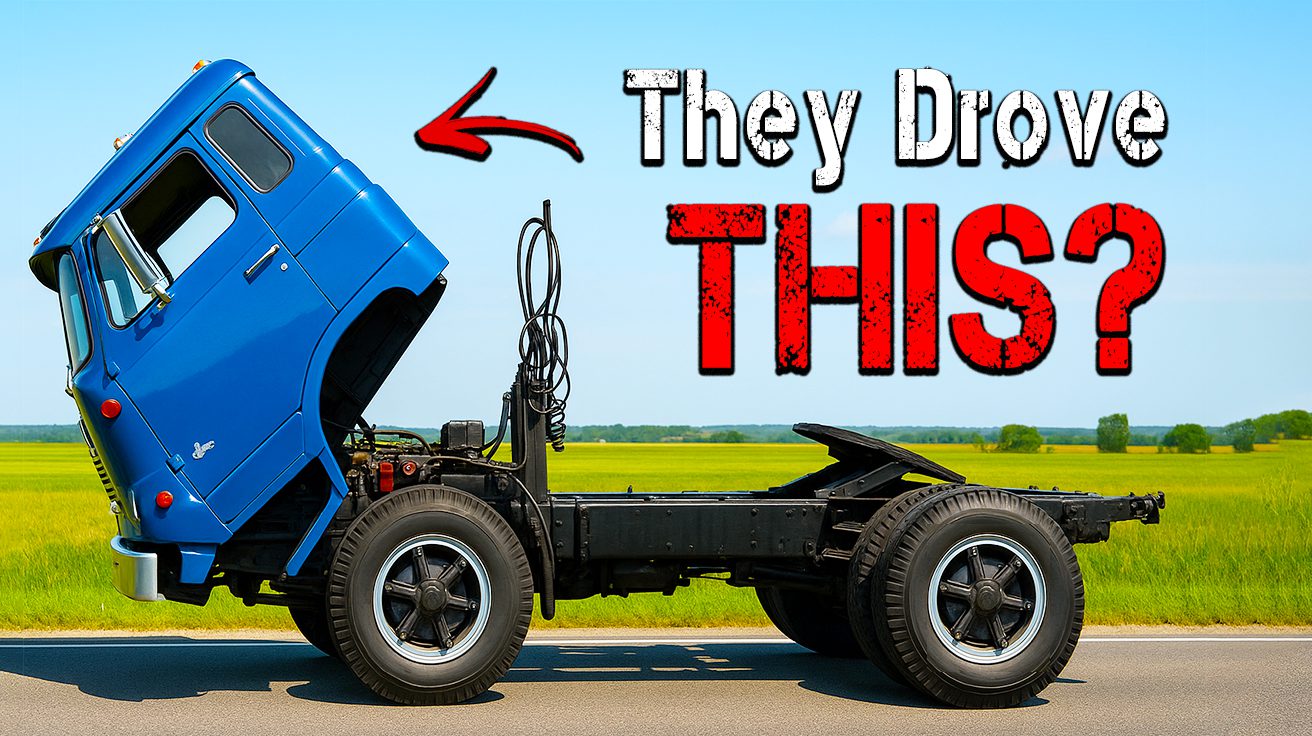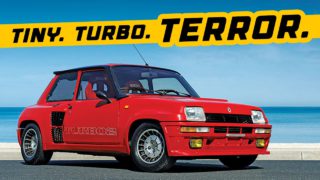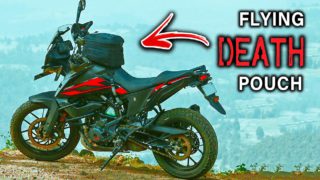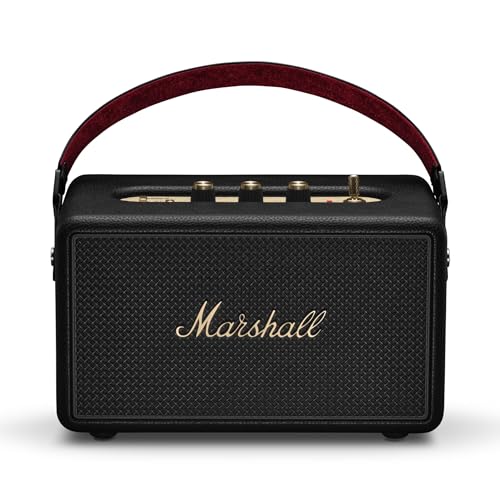Truck design represents decades of regulatory tug-of-war, where federal length limits forced engineers into creative solutions that prioritized cargo space over driver comfort. Early 20th century regulations meant stashing engines inside cabs and cramming drivers into spaces barely larger than closets. Today’s focus on comfort and safety delivers a smoother ride, but something got lost in translation. From space-saving innovations to the bare-knuckle trucking era, these forgotten features tell the story of an industry that chose efficiency over everything else—until it didn’t have to anymore.
1. Cabover Design

The flat-fronted trucks that dominated American highways for five decades before vanishing almost overnight.
During trucking’s golden era, nearly half the rigs cruising highways were cabovers, or COEs (Cab Over Engine). The driver’s cabin sat directly over the engine, creating shorter trucks that could navigate tight city streets easier than conventional long-nosed behemoths. The trade-off was brutal: rougher rides and cramped quarters that made flying Spirit look luxurious, but fleets could haul maximum cargo without federal length restrictions breathing down their necks.
The Surface Transportation Assistance Act of 1982 changed everything overnight. This regulatory shift eliminated restrictions on overall vehicle length, applying limits only to trailer length instead. Suddenly, conventional trucks could stretch their wheelbases without sacrificing cargo capacity, offering superior aerodynamics, comfort, and safety. Today, spotting a cabover on American roads is rarer than finding parking at a truck stop during peak hours. Head to Europe or Asia though, and cabovers still rule the road, proving that regulatory environments shape design more than engineering preferences.
2. Dolly System
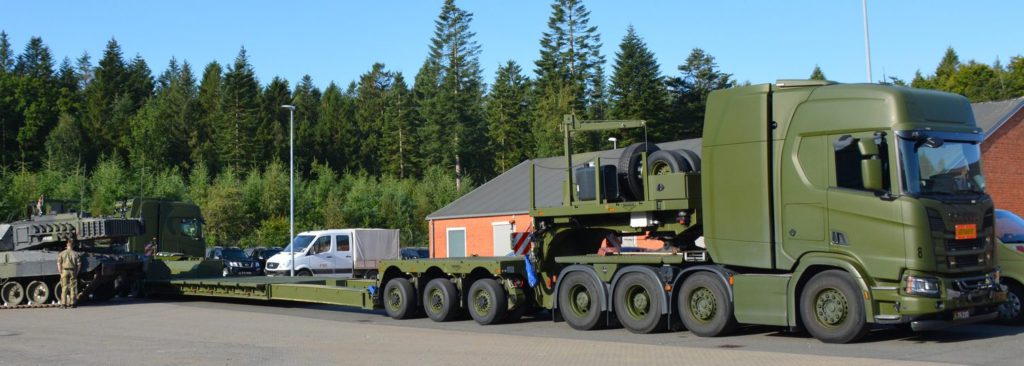
Gas-powered trailers that promised double the cargo but delivered double the headaches.
Trucking companies dreaming of doubled loads once turned to powered Dolly systems—essentially tiny, gas-powered sidekicks attached between the main truck and a second trailer. The concept seemed brilliant: a small engine providing extra power to reduce strain on the primary truck, like adding espresso shots to your morning coffee for that extra kick.
Reality delivered more complications than a family reunion. Powered dollies jacked up maintenance costs, introduced operational complexity, and created safety concerns that made fleet managers lose sleep. Simpler, more efficient multi-trailer systems eventually took their place, proving that sometimes automotive evolution means embracing elegant simplicity over mechanical complexity.
3. Foot Windows

Small panes that let drivers spot obstacles below—and let road debris spot drivers.
Someone decided truckers needed additional windows positioned near their feet, installing small panes on the lower sections of cabin doors. The theory held promise: drivers could glance down to spot curb obstacles or pedestrians, potentially avoiding costly encounters with fire hydrants in crowded urban areas.
Physics had other plans. These visibility upgrades became vulnerability magnets, creating 6×4-inch portals perfectly positioned for flying road debris. Drivers also discovered that sunburnt legs became a constant issue during long hauls. Modern camera and mirror systems now deliver far superior results without turning cab floors into target practice for highway rocks. Like LaserDiscs, foot windows represented noble innovation that met its match in better technology.
4. Split Windshields

Two-pane visibility that turned rainstorms into kaleidoscope nightmares.
Early truck windshields consisted of two separate glass panes divided by a metal bar positioned directly in the driver’s line of sight. This design simplified manufacturing and made replacing broken glass easier, but created visibility challenges that transformed routine weather into navigation puzzles. Driving through rainstorms meant watching the road through a kaleidoscope of water streaks and obstructed sightlines.
Glass-making technology eventually evolved beyond these compromises. Manufacturers transitioned to single-pane windshields, delivering improved visibility, enhanced safety, and better structural integrity. Modern truckers enjoy unobstructed forward vision that represents genuine progress, not just incremental improvement over poorly designed alternatives.
5. External Sun Visors
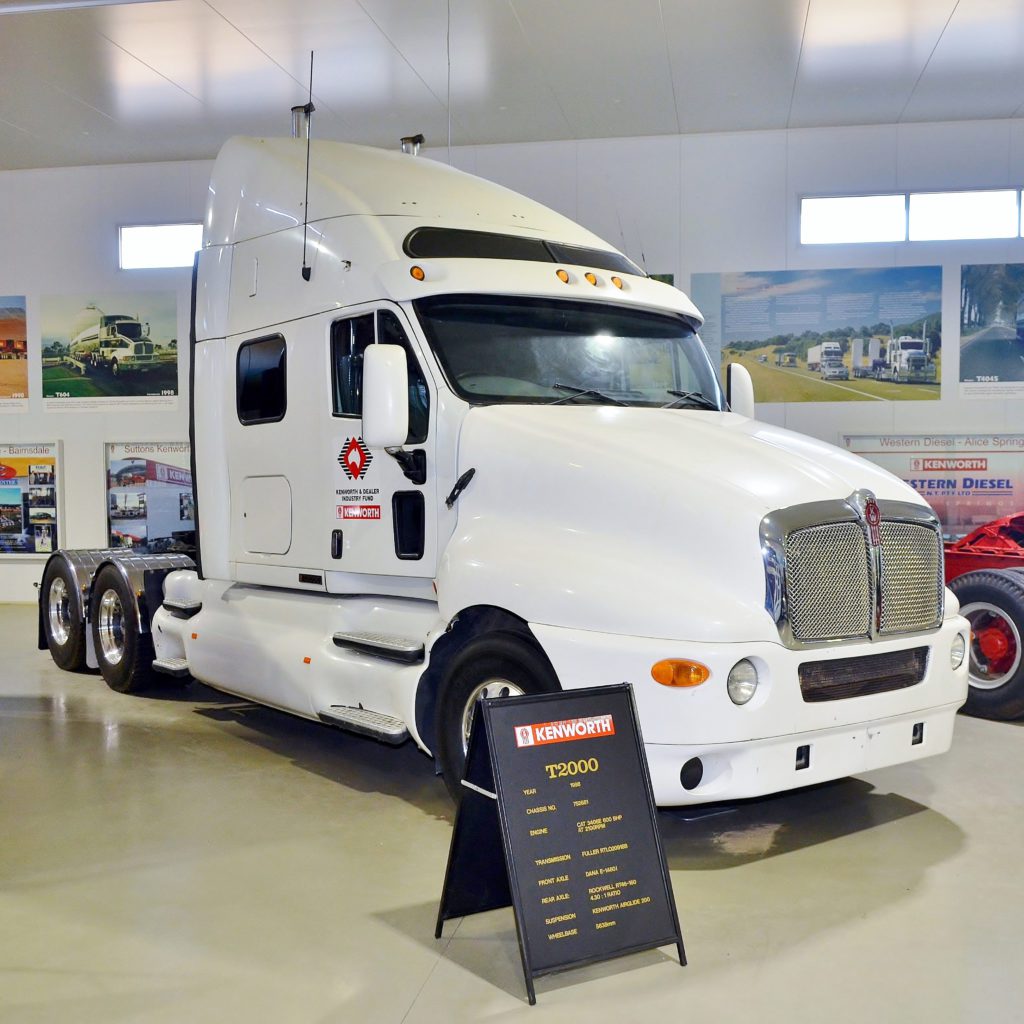
Metal baseball caps that helped drivers see clearly until aerodynamics made them obsolete.
Vintage trucks sported large metal sun visors mounted above windshields, resembling oversized baseball caps positioned too high. These weren’t style statements—the shields blocked direct sunlight and reduced glare during long hauls, back when “ergonomics” was just fancy furniture terminology rather than driver comfort science.
Improved truck aerodynamics eventually made external visors about as useful as screen doors on submarines. Modern trucks feature adjustable interior sun visors that provide superior glare protection without creating wind resistance. These external shields survive mainly on restored classics, where they’re appreciated more for nostalgic appeal than practical function.
6. Rooftop Sleepers
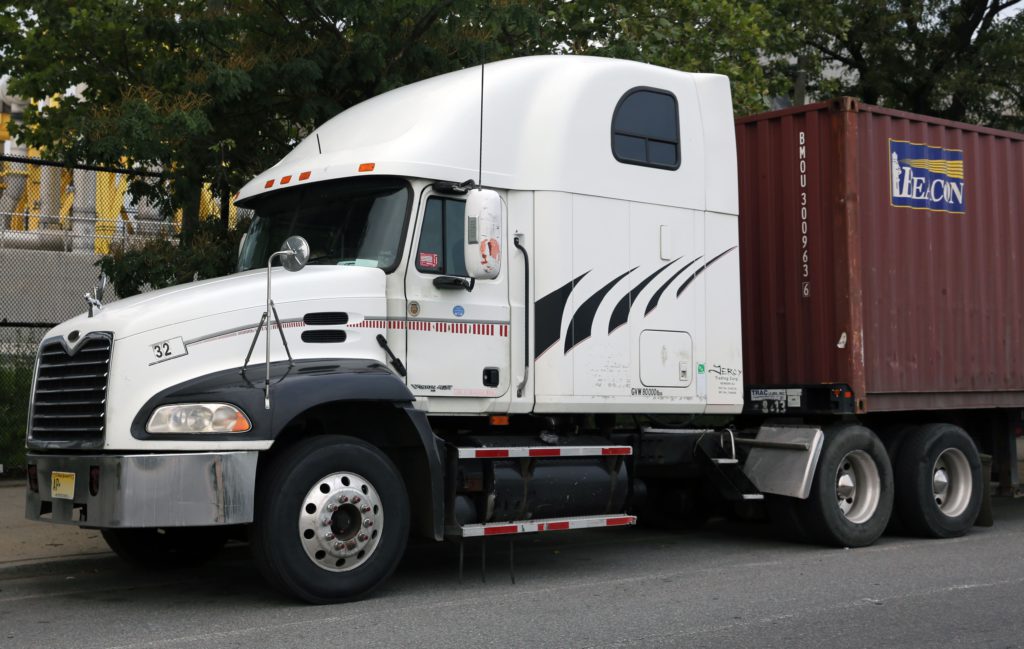
Tiny compartments that saved space but cost drivers their dignity and sleep quality.
Rooftop sleepers represented desperate space-saving measures rather than luxury accommodations. Unlike today’s integrated sleeper cabs with beds, storage, and mini-kitchens, these small compartments mounted above the cab offered minimal comfort, poor ventilation, and required gymnastic skills for entry after exhausting driving shifts.
The daily routine involved climbing into cramped quarters after long hauls, often in darkness, requiring contortions that would challenge yoga instructors. Once driver comfort became an industry priority, rooftop sleepers disappeared faster than good coffee at truck stops. Modern regulations and competition for qualified drivers made these coffin-like accommodations commercially unsustainable.
7. Coffin Sleeper Trucks
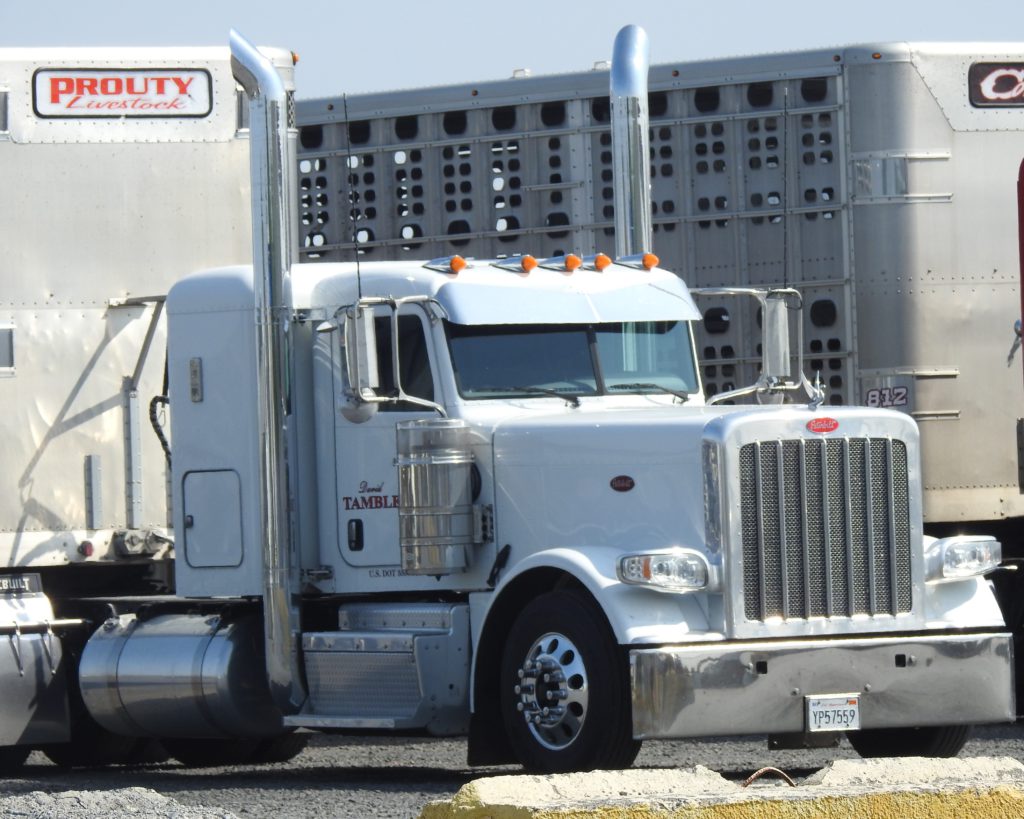
Claustrophobic sleeping spaces that earned their grim nickname through uncomfortable experience.
Early long-haul trucking solutions included tiny, narrow sleeping spaces positioned directly behind the cab. Dubbed “coffin sleepers” for their claustrophobic dimensions, these compartments offered minimal rest opportunities under challenging conditions. Sleeping in these spaces during bumpy rides created recipes for bruised elbows and existential questioning about career choices.
Fortunately, sleeper technology evolved dramatically over subsequent decades. Modern sleeper cabs provide ample room, proper insulation, and comfort features that transform long-haul trucking from endurance tests into manageable work experiences. Today’s drivers enjoy sleeping conditions comparable to studio apartments, minus judgmental neighbors and rent payments.


